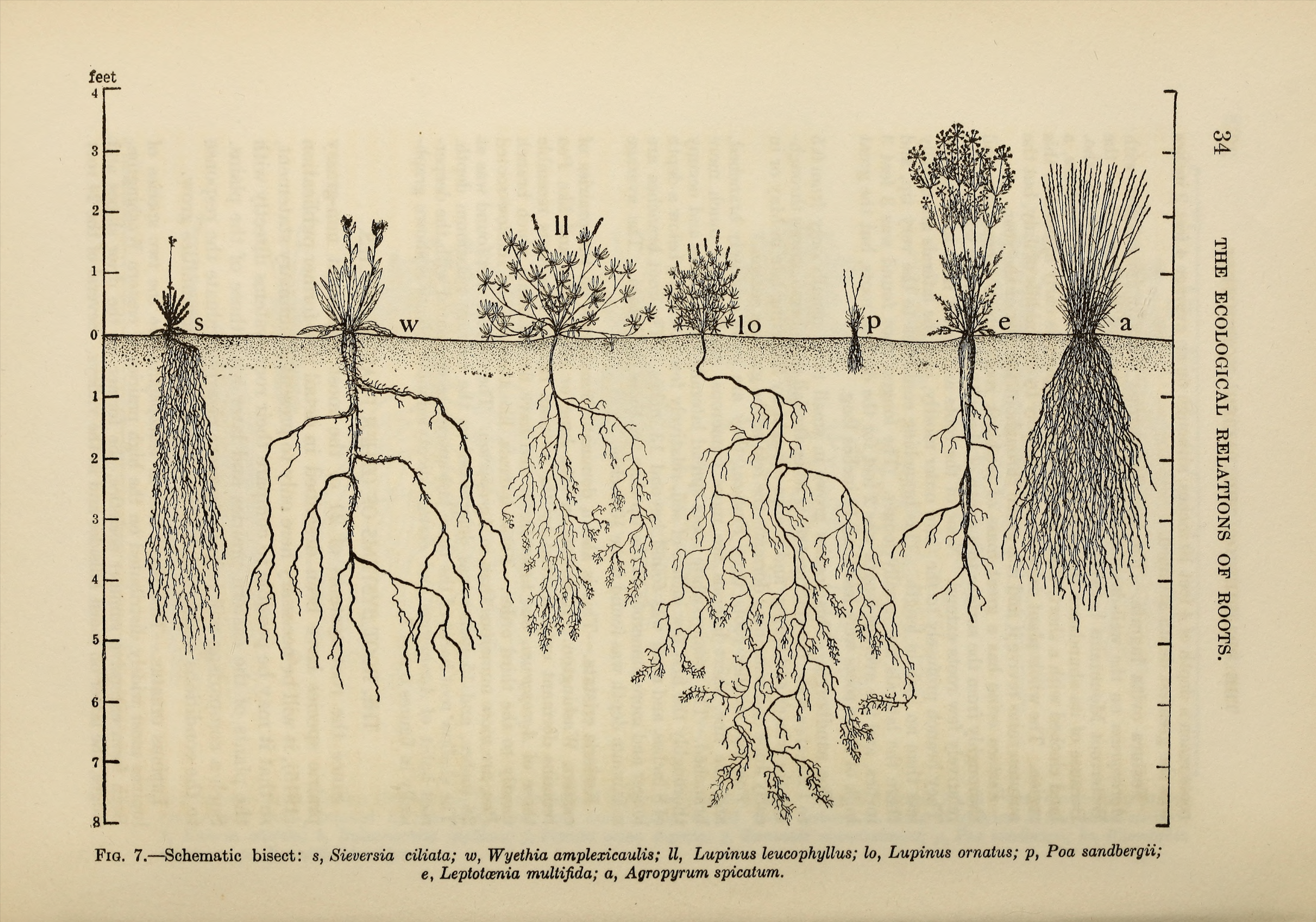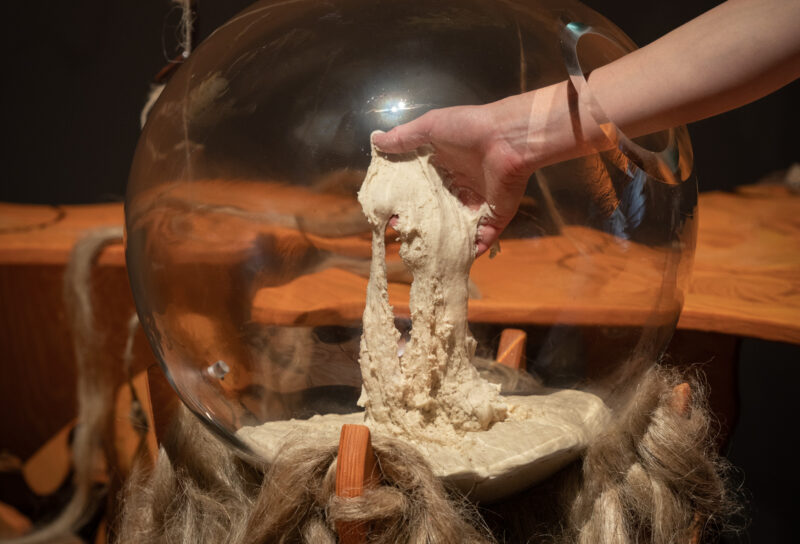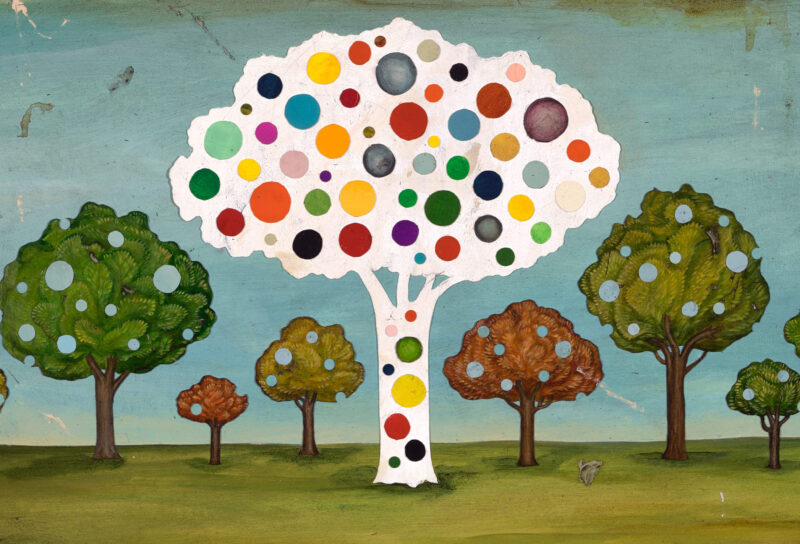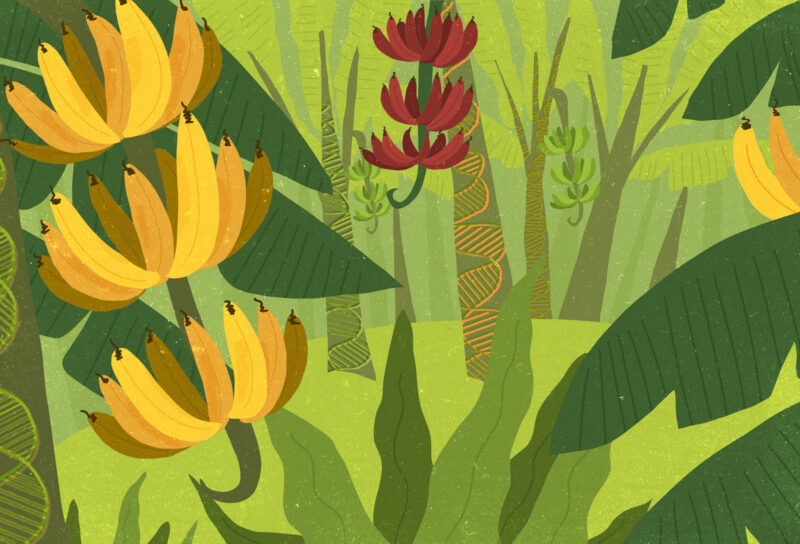Grow tells creative stories about synthetic biology. Fifty years on from the first molecular cloning experiments, the full view of synthetic biology is only beginning to come into focus. The futures we can grow with biology are innumerable, and the stories of how we’ll arrive there — as well as where, exactly, we’ll arrive — remain untold.
We want to document those stories, and to help storytellers around the world polish their best thinking and analysis that will guide us all.
The stories that we want are scientific and technical, social and political. They are real and imagined. They challenge and contradict, and they reflect the diverse collective on the frontlines of the field’s future.
Grow pieces should explore the values that drive synthetic biology and how those values lead to change. They should ask questions around how we are developing new technologies, and how society could evolve in tandem with nature. They should help us imagine better biological futures. We want our pieces to fuel conversations among scientists, builders, designers, educators, policymakers — all who are part of the synthetic biology zeitgeist asking “What if we could grow everything?”
What we are looking for in 2024
Our 2024 theme for Grow is Networks.
The rise of artificial intelligence has enabled the world to think differently about ways of working — how connections, data, and information can lead to efficiency and advancement. In biotechnology, digital networks have superpowered our abilities to engineer proteins and solve once-impossible protein folding problems. At the same time, AI’s meteoric ascent has sparked both fear and excitement across economic, political, and social nodes.
Artificial neural networks were developed in the mid 1900s to mimic the brain — yet biological networks have been around for billions of years. The neuronal architectures present from ant to elephant, the metabolic cascades underpinning all organisms, the oscillating harmony between flora, fauna, and the abiotic environment. What have we gleaned from these networks as old as life itself, and how can we use these lessons to peer into the future of AI? Perhaps the way that we conceptualize and analogize these networks is flawed — how might we refresh our perspective? And how do those perspectives affect the community networks we design around biology? The act of designing with life itself in synthetic biology has always had to face ethical and societal questions head-on. As AI and synthetic biology enter the picture together, what happens next?
Types of pieces
Pieces at Grow range in length and form, but we strive to preserve our tone. Before pitching, we strongly recommend that you familiarize yourself with past Grow stories and indicate the format in which you envision your prospective piece. Here are some of our favorite examples of each format:
- Dialogues | Is DNA Hardware or Software?
- Q&As | Fermentation For All
- Reportage | Leeches with Jobs, Go Big or Stay Home, Vaccinating Crops, Fish Out of Water
- Essays | A Feeling for the Organism, God Scent, The Loneliest Creature in the World
- Histories | Biology’s Sharp Left Turn, Intelligent Designs
- Science Fiction | Love Island
- And stories about equitable futures | Towards Polyculture, On the Road to Science Equity
How to pitch
Email us at [email protected] with your pitch. Make sure your pitch makes clear what the story is, why it’s a Grow story, and attach a link to other examples of your work.
Rates vary based on scope and a writer’s experience, but are paid on a project-based fee that generally averages out to $1+ per published word. We will be accepting pitches year-round, but our editorial calendar does fill up, so keep that in mind.



